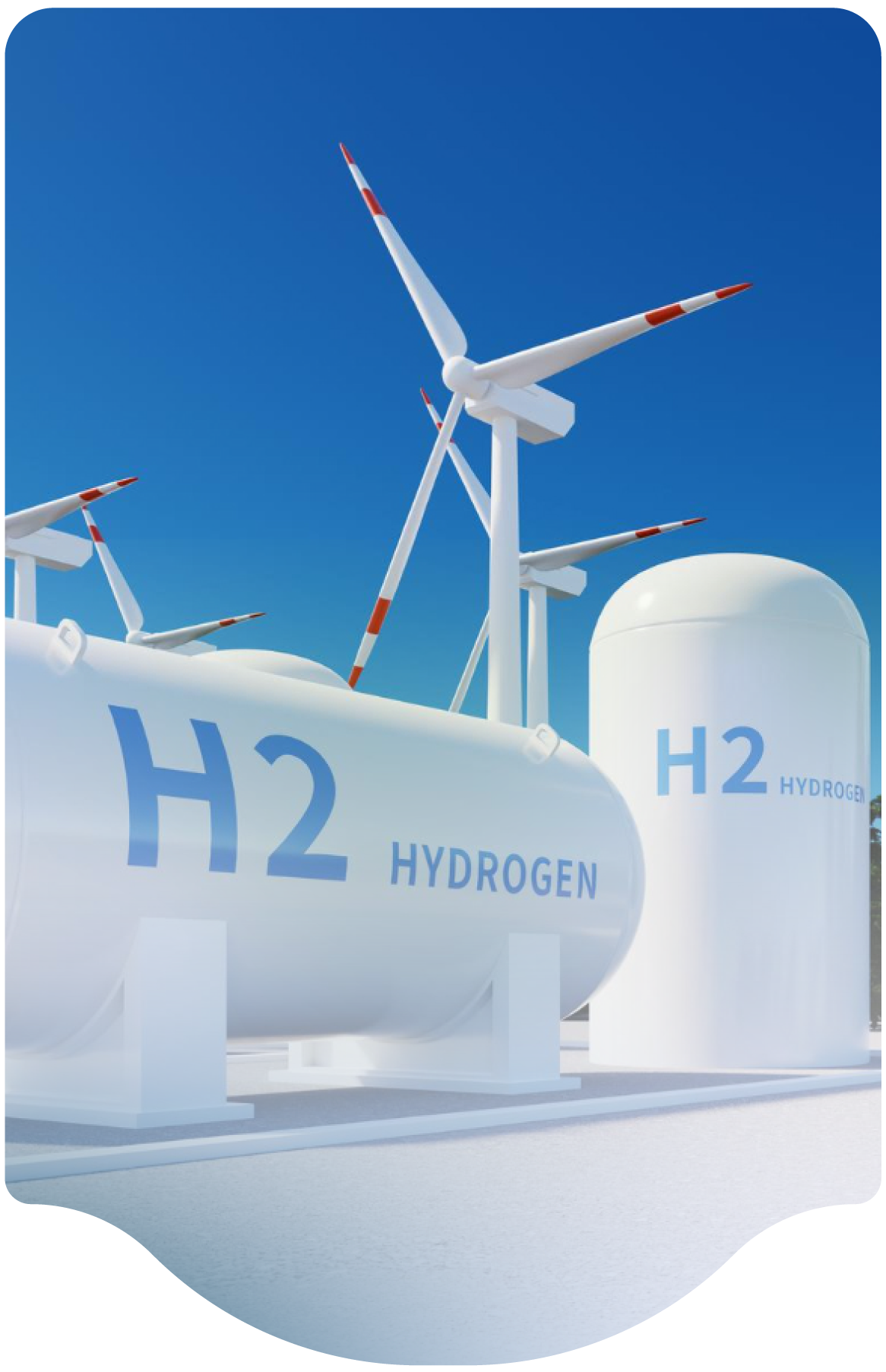Hydrogen Safety: From Policies To Plans To Practices
Safety is an essential element for realizing the hydrogen economy safe operation in all of its aspects from hydrogen production through storage, distribution and use; from research, development and demonstration to commercialization. As such, safety is given paramount importance in all facets of the research, development and demonstration of the U.S Department of Energy s (DOE) Hydrogen, Fuel Cells and Infrastructure Technologies (HFCIT) Program Office. The diversity of the DOE project portfolio is self-evident. Projects are performed by large companies, small businesses, DOE National Laboratories, academic institutions and numerous partnerships involving the same. Projects range from research exploring advances in novel hydrogen storage materials to demonstrations of hydrogen refueling stations and vehicles. Recognizing the nature of its program and the importance of safety planning, DOE has undertaken a number of initiatives to encourage and shape safety awareness. The DOE Hydrogen Safety Review Panel was formed to bring a broad cross-section of expertise from the industrial, government and academic sectors to help ensure the success of the program as a whole. The Panel provides guidance on safety-related issues and needs, reviews individual DOE-supported projects and their safety plans and explores ways to bring learnings to broadly benefit the DOE program. This paper explores the approaches used for providing safety planning guidance to contractors in the context of their own (and varied) policies, procedures and practices. The essential elements that should be included in safety plans are described as well as the process for reviewing project safety plans. Discussion of safety planning during the conduct of safety review site visits is also shared. Safety planning-related learnings gathered from project safety reviews and the Panel s experience in reviewing safety plans are discussed.

